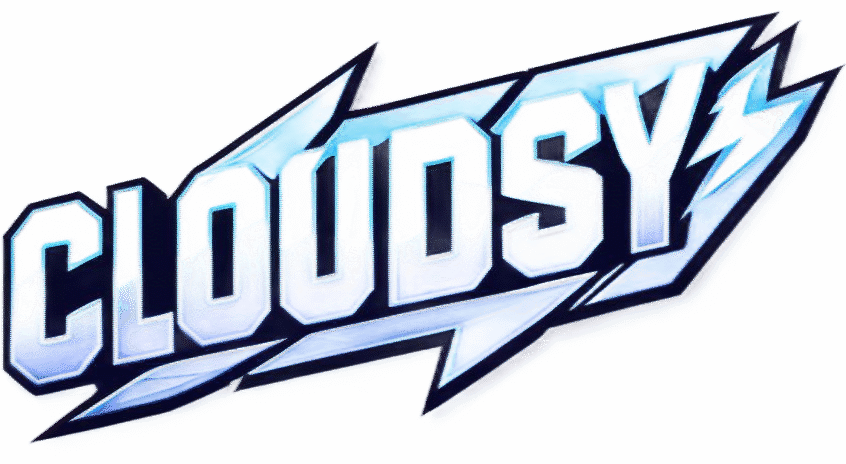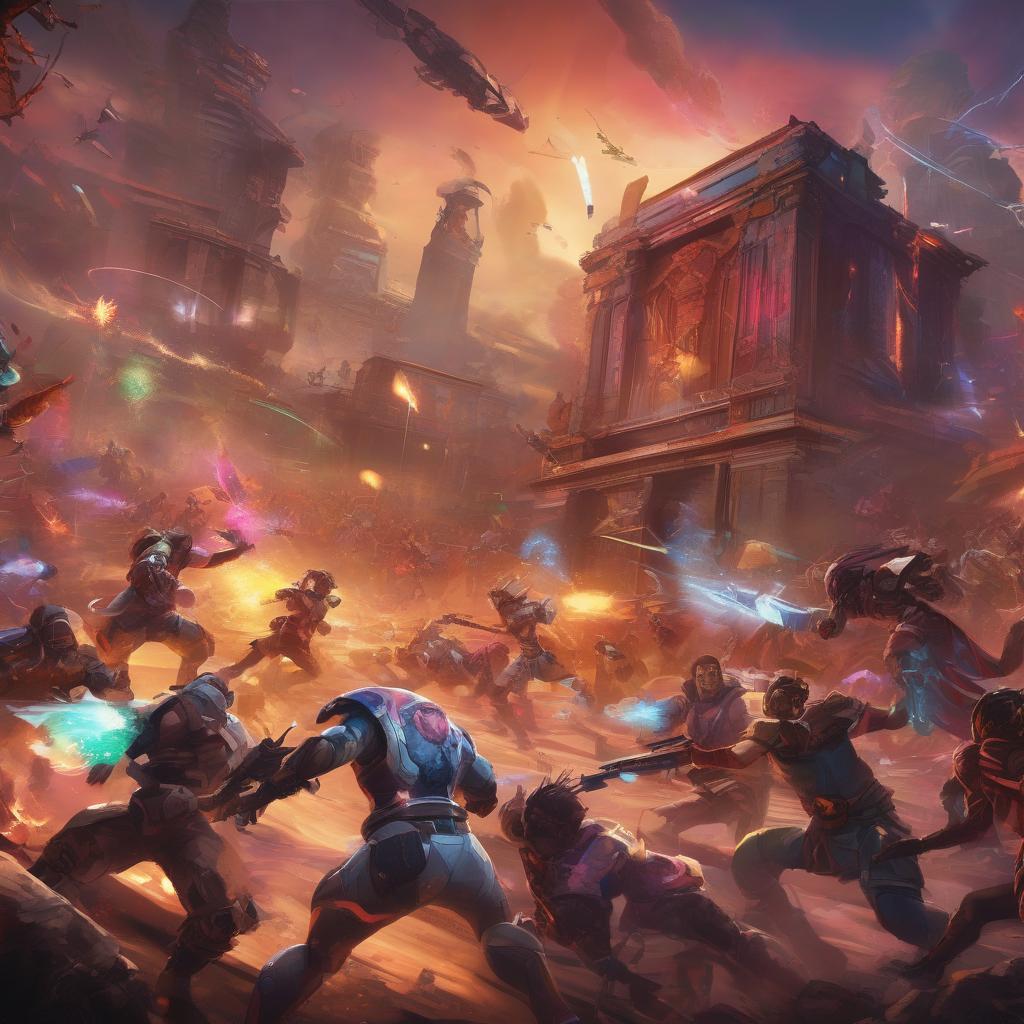So, we’re diving into the realm of MOBA games, that genre that has gripped millions across the globe without ever asking for permission. These multiplayer online battle arena games—just to get the jargon out there—aren’t a new phenomenon, but they’ve sure evolved since their early days. Ever tried one? People often find themselves knee-deep in strategy, teamwork, and the occasional (or not so occasional) rage quit. It’s a mix of intense competition and, well, good old fun.
What Exactly are MOBA Games?
For those not in the loop, MOBA games are like this melting pot of strategy, reflexes, and team-based gameplay. The goal? Typically, to destroy your opponents’ base using your team of heroes or champions. Simple in theory, but oh boy, these games can get complex. Each player controls a single character, using unique abilities to outsmart the other team. Think about “League of Legends” or “Dota 2,” both giants that have shaped the way MOBAs are played today.
The Evolution of MOBA Games
The genre didn’t just appear one day. It evolved. The history of MOBAs dates back to mods of existing real-time strategy games. “Aeon of Strife,” a mod for “StarCraft,” was one of the first iterations. Then came “Defense of the Ancients” (DotA) from “Warcraft III.” That was the real game-changer. It shifted the landscape, setting the stage for future titles that we can’t stop playing.
Why Are MOBAs So Addictive?
People ask this a lot. What makes them tick? For one, it’s the endless learning curve. In MOBAs, no two games are ever the same. You’re always figuring out new strategies, adapting to changes, honing your skills. And then there’s the team aspect. Playing with (or against) friends adds a layer of social interaction that’s hard to beat. Plus, the competitive edge keeps you coming back. It’s like a chess game on steroids.
Key Features That Define a MOBA Game
- Strategic Depth: Decisions matter. From character selection to in-game tactics.
- Team Coordination: It’s not a solo mission. Winning requires teamwork.
- Character Abilities: Unique skills for each character add complexity.
- Map Layout: Familiarity with the battlefield is crucial. Knowing every bush or hiding spot can turn the tide.
- Progression System: Leveling up during the game, buying items to strengthen your character.
Popular MOBA Games and Their Impact
The big names like “League of Legends” and “Dota 2” get a lot of attention, but they’re not alone. Games like “Smite,” “Heroes of the Storm,” and “Arena of Valor” contribute to the variety and appeal of the genre. Each brings something unique to the table.
Discussing “League of Legends” and “Dota 2”
“League of Legends” boasts a huge player base and regular updates that keep the game fresh. It’s arguably the most popular MOBA. Then there’s “Dota 2,” known for its complexity and depth, attracting a dedicated community of players looking for a challenge. Both games have significant esports scenes, with tournaments offering massive prize pools.
| Game | Developer | Release Year | Unique Selling Point |
|---|---|---|---|
| League of Legends | Riot Games | 2009 | Regular updates and a massive community |
| Dota 2 | Valve Corporation | 2013 | In-depth strategy and complexity |
| Smite | Hi-Rez Studios | 2014 | Mythological themes and third-person view |
The Role of Community and Esports
The community is a big part of why MOBAs are thriving. Players form teams, share strategies, and participate in matches that can be as intense as any physical sport. Esports has taken this to another level. Professional leagues, international tournaments, and livestreams bring a high-stakes environment that fans and players alike can’t get enough of. It’s competitive gaming at its finest.
Here is an interesting read on how MOBA games have evolved and their persistent popularity. It’s fascinating how the genre continues to thrive despite being around for a while.
Challenges in MOBAs
Not everything’s rosy. Toxicity can be an issue. The intensity and competition sometimes bring out the worst in players. Game developers often have to invest in moderation tools to maintain a positive environment. Another challenge? The steep learning curve. New players might find it daunting to start. But once you get past the initial barriers, it’s rewarding.
Privacy and Security Concerns
With online gaming, privacy can be a concern. Most players don’t think about it as they immerse themselves in virtual battles. But it’s vital to be aware of privacy policies to understand how your data is managed and protected.
What Makes a MOBA Player?
The MOBA player isn’t just someone who plays games. They’re strategists, team players, sometimes lone wolves. They thrive on competition, always looking to improve. And yes, a bit of patience helps too. Because no matter your skill level, there’s always room for growth.
Wrapping it up? Not quite. The world of MOBAs is vast, and there’s always more to explore. From mastering a new hero to diving into the latest patch notes, the journey never really ends, does it?
FAQs
- Q: What’s the difference between a MOBA and an RTS game?
A: RTS games focus on resource management and base building, while MOBAs emphasize team-based hero combat and strategy. - Q: Are MOBA games free to play?
A: Many are free, like “League of Legends” and “Dota 2,” with in-game purchases for cosmetic items. - Q: How do you improve in MOBA games?
A: Practice, watching pro matches, and learning from experienced players can boost your skills. - Q: Can I play MOBAs on consoles?
A: Yes, some MOBAs like “Smite” and “Arena of Valor” are available on consoles. - Q: Why do MOBA games have such large communities?
A: The competitive nature and constant updates keep players engaged and coming back for more.


